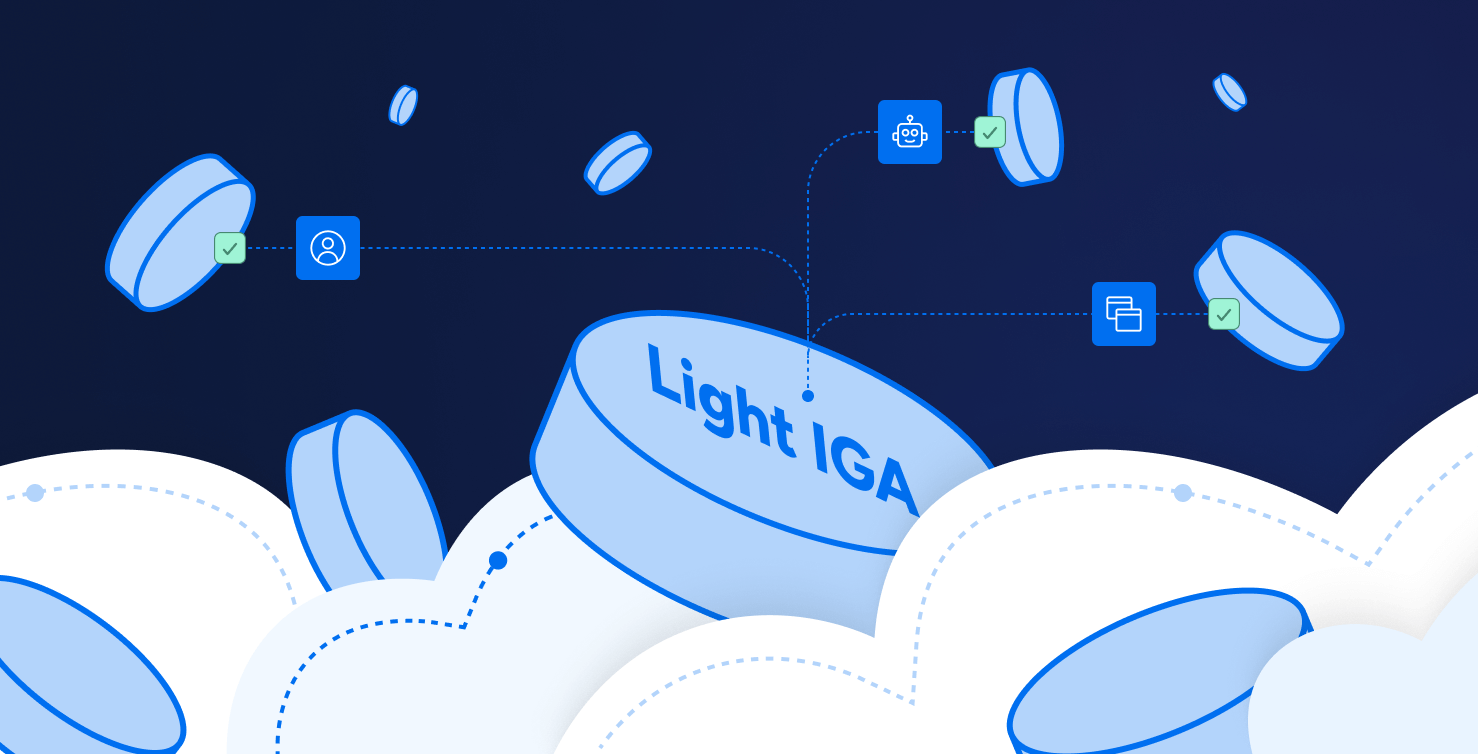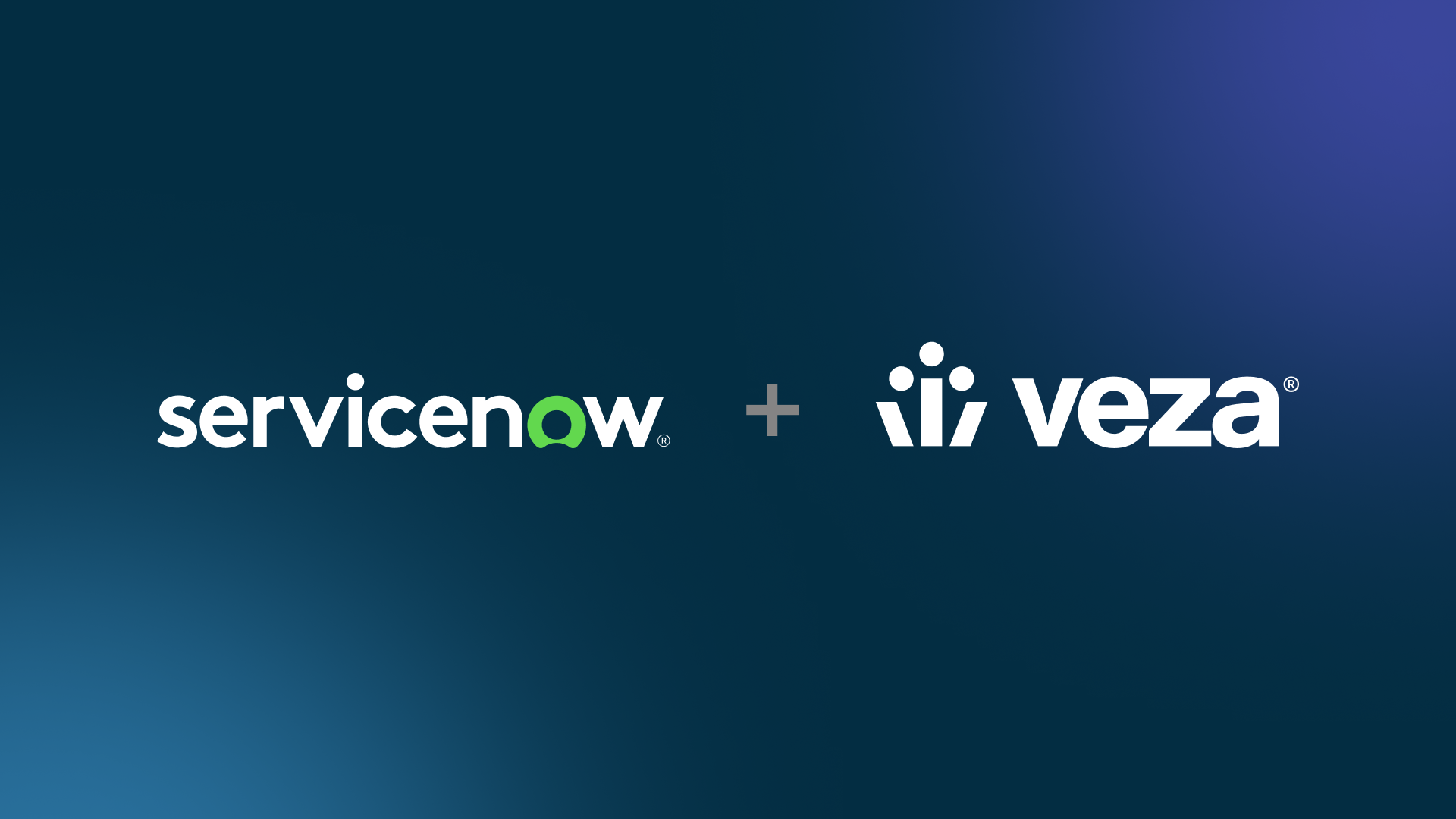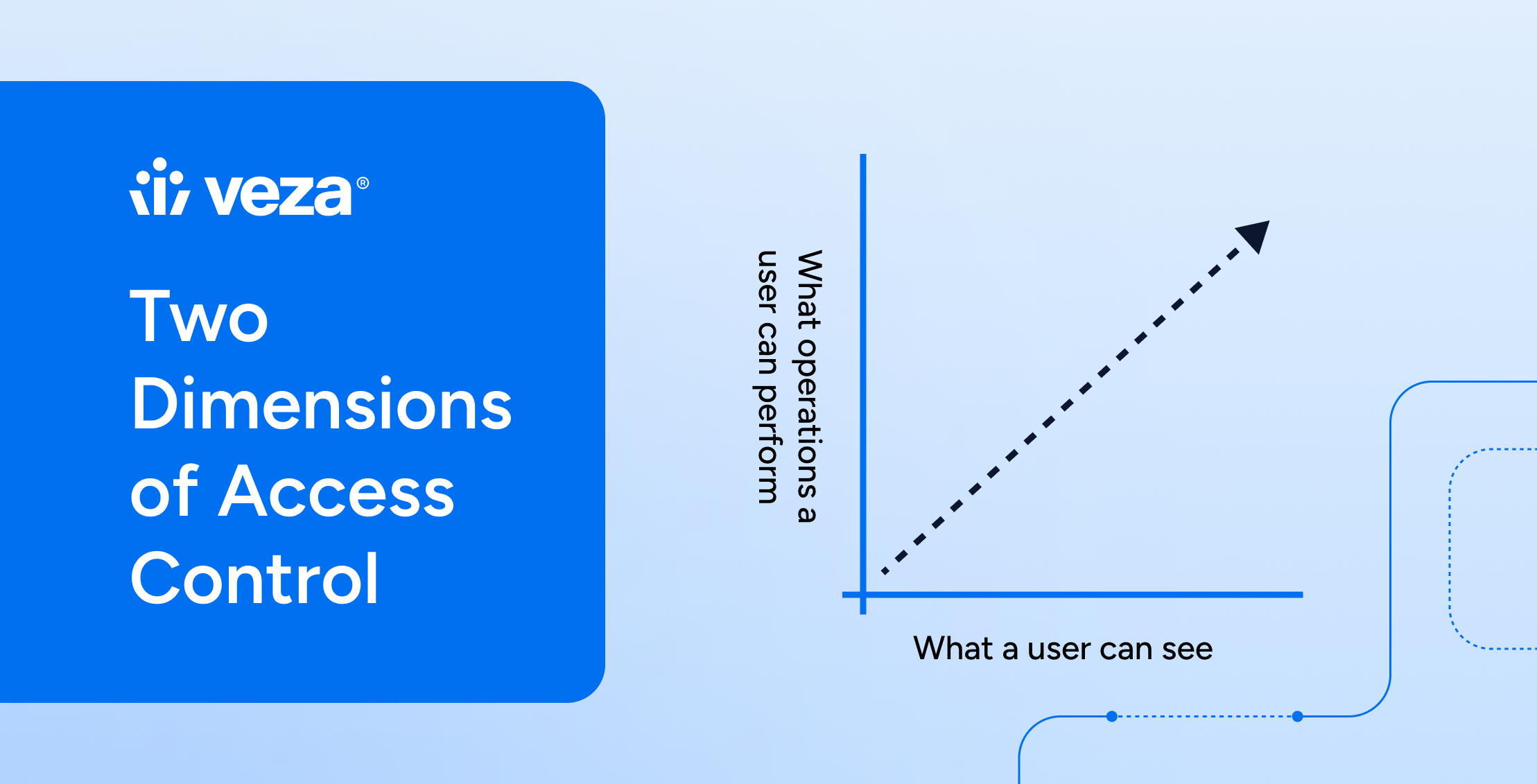
Control, time, and the price of “good enough”
If your day job is herding entitlements and closing audit findings, you trade in two things: control and time. Every ticket, every certification, every “can we just give them this one role?” is a tiny negotiation between those two currencies.
Light IGA shows up like a friendly shortcut: faster implementation, simpler administration, more user-friendly flows. “You’ll be live in weeks,” it promises. Sometimes that’s perfect. Other times, “light” becomes light on evidence, and over entitlements hide in the shadows.
This post is for the engineers and program owners who live in the trenches-people who will be on the hook when an auditor asks, “Who has access to what, and why?” We’ll define Light IGA, surface its characteristics, call out its limits, compare it with legacy and next-gen, and hand you a no-nonsense checklist to pick the right model for your environments and requirements. If you want a primer on the bigger picture, here’s identity security in practice: What is Identity Security?
What is Light IGA?
Light IGA is a streamlined subset of Identity Governance and Administration. Think essentials over everything: lifecycle events, basic provisioning, simple access requests, a modest set of integrations, and lightweight certifications. It’s designed to get you to “working” quickly, with fewer knobs to turn.
“Light IGA offers basic features and quick deployment, but may lack advanced governance and integration capabilities.” – Gartner, Innovation Insight: Light Identity Governance and Administration (29 Jan 2025).
Common Light IGA capabilities:
- Joiner–mover–leaver flows for popular applications
- Templated access request paths (request → approve → grant)
- “Checklist” certifications
- Minimal customization and constrained configuration to keep projects contained
New to the taxonomy? Start with What is IGA and how Access Governance acts as the control surface for authorization: Access Governance.
Who cares-and why read this?
- Identity/IGA engineers: you’ll live with the day-2 realities.
- Security architects: you’re accountable for least privilege across human and non-human identities (NHIs).
- Audit/compliance owners: you need evidence that holds up.
- IT leadership: you’re balancing budget, infrastructure, and timelines.
Short version: Light IGA can absolutely help. But it’s not magic. Let’s get specific.
Key characteristics of Light IGA (read this like a spec)
- Scope and functionality
Strong on lifecycle and administration; thin on fine-grained authorization and SoD. Expect shallow entitlement models for complex applications. - Configurability vs configuration debt
You’ll get a check-box configuration, not a full policy engine. That’s fast today, limiting tomorrow when requirements evolve (SoD, attribute-based access, delegated admin). - Provisioning and integrations
The popular apps are covered; depth varies. Edge cases become workarounds. - Implementation speed
This is the selling point: quick to value. Prebuilt flows move fast-until you hit a corner case in a thorny app. - Evidence quality
Certifications often happen at the account/role, not resource/permission. That’s where overentitlements hide. Tighten your review muscle with User Access Reviews. If you’re comparing platforms, here are 7 user access review software tools to know in 2025 to calibrate depth beyond checklist campaigns.
For where mature programs are heading, scan The Five Tenets of Next-Gen IGA.
Light IGA limitations (and how they show up in real life)
- Shallow entitlement intelligence
Role-level reviews miss inherited rights and effective access. You end up “certifying” things you don’t really see. - NHI blind spots
Service accounts, bots, keys, workload IDs-treated like “special users”-don’t scale. Ground your approach with Machine Identity Management and Non-Human Identity Security. - Customization ceiling
Risk-based reviews, context-aware approvals, custom SoD? Often thin or manual. Align to your framework: NIST Compliance. - Access request sprawl
Coarse role catalogs move tickets fast and create a long-term mess. Tune design with Access Request Management and these Access Requests Best Practices. - Auth myth
A clean login is authentication, not authorization. Share this explainer when terms get fuzzy: Authentication vs Authorization.
Light IGA vs. Legacy IGA vs. Next-Gen IGA (what you actually trade)
Capabilities
- Light IGA: lifecycle basics, limited provisioning, narrow integrations, minimal SoD, shallow certifications.
- Legacy IGA: deep policy, heavy projects, powerful and brittle.
- Next-Gen IGA: full-featured lifecycle, policy-driven customization, authorization intelligence, broad SaaS/cloud integrations, first-class NHI modeling, evidence-rich outcomes. For perspective: IGA Software Vendors.
Speed
- Light: quick to win thanks to the fixed configuration.
- Legacy: slow to deploy, slower to change.
- Next-Gen: fast start, room to grow. Keep lifecycle clean with Lifecycle Management.
Ease of use
- Light: user-friendly for small estates.
- Legacy: powerful but complex for admins and requesters.
- Next-Gen: designed for scale with sensible defaults and strong search.
Customization
- Light: limited customization by design.
- Legacy: “anything is possible” (and becomes configuration debt).
- Next-Gen: policy-driven, customizable, auditable-not one-off scripts.
Fit
- Light: small portfolios, light regulation, stepping-stone programs.
- Legacy: enterprises with sunk costs and strong central teams.
- Next-Gen: hybrid, multi-cloud, regulated, NHI-heavy estates. Deep dive on NHIs: Non-Human Identity Management.
Choose the right IGA solution for your business (pilot checklist)
- State outcomes first. If you can’t measure risk reduction, you’re optimizing the wrong thing.
- Prove least privilege on a hard app. Nested roles, inherited permissions-if it can’t model it, it can’t govern it.
- Include NHIs on day one. Service accounts, tokens, bots-first-class policy and lifecycle, or you’ll chase ghosts later.
- Certify what gates access. Resource-level visibility and effective access, not just account/role.
- Tune requests and roles. Catalogs should be evidence-backed and approver-friendly.
- Design for steady-state administration. Fewer touch points, policy-first configuration, no hero scripts.
- Be honest about scope. Light fits simple estates. As complexity grows, graduate to full-featured next-gen.
Conclusion: speed is a feature; evidence is the proof
Light IGA shines when you need speed: implementation is quick, administration is simple, and initial functionality covers the basics. That’s real value. But if your world is hybrid, regulated, and full of NHIs, “light” can quietly become light on control. Choose the model that lets you say – clearly, repeatedly – who has access to what and why, and then prove it when it counts.
Where to go next:
Learn the landscape
- Blog: Is Your IGA Solution Stuck in the Past?
- Guide: A Practical Guide to Avoiding the Pitfalls of IGA
Evaluate approaches
- Use case: Next-Gen IGA (access reviews, campaigns, audit reporting)
- On-demand session: IGA & IAM Strategies for Achieving Least Privilege
Make a plan






